Lantern Hibiscus (Abutilon) :- Hibiscus Plant |
lantern hibiscus (Abutilon) also known as Chinese lantern,
is a beautiful flowering plant that can be grown indoors or outdoors.
Here are some tips on how to grow and care for Lantern Hibiscus: .
How to Grow and Care Lantern Hibiscus:
lantern hibiscus, also known as lantern hibiscus or Chinese lantern, is a
beautiful flowering plant that can be grown indoors or outdoors. Here
are some tips on how to grow and care for lantern hibiscus:
- Planting:
Choose a well-draining pot or a sunny spot in your garden. lantern hibiscus prefers full to partial sunlight. Use a good-quality potting mix or prepare the soil by adding compost to improve its fertility and drainage. Plant the lantern hibiscus at the same depth it was previously growing, if transplanting from a container. Watering: - Keep the soil consistently moist but not waterlogged. Water the plant when the top inch of soil feels dry. During hot weather, lantern hibiscus may require more frequent watering. However, avoid overwatering, as it can lead to root rot. Fertilization:
- Feed your lantern hibiscus with a balanced, water-soluble fertilizer every 2-4 weeks during the growing season (spring and summer). Follow the instructions on the fertilizer package for the correct dilution and application method. Reduce or stop fertilizing in the fall and winter when the plant enters a dormant phase.
- Pruning:
Prune lantern hibiscus in early spring to promote bushier growth and remove any dead, damaged, or diseased branches. You can also prune for shape and size control, but avoid excessive pruning, as it may reduce flowering. Winter care (for outdoor plants): - Lantern Hibiscus is generally frost-tender, so if you live in a cold climate, bring the plant indoors before the first frost. Place the plant in a bright location, such as near a south-facing window, and maintain a temperature of around 50-55°F (10-13°C). Water sparingly during the winter, allowing the soil to dry out slightly between waterings.
- Pests and diseases:
lantern hibiscus can be susceptible to pests like aphids, mealybugs, and spider mites. Inspect the plant regularly and treat any infestations promptly with insecticidal soap or neem oil. Proper air circulation and avoiding overwatering can help prevent fungal diseases. - Propagation:
lantern hibiscus can be propagated through stem cuttings or by collecting and sowing its seeds. To propagate from cuttings, take a 4-6 inch long cutting from a healthy stem, remove the lower leaves, and place it in a moist rooting medium. Keep it in a warm and bright location until roots develop.
Seeds can be sown in a well-draining seed-starting mix and kept moist until germination. Remember that different varieties of lantern hibiscus may have specific care requirements, so it's always a good idea to check the specific needs of the particular cultivar you have. With proper care, lantern hibiscus can reward you with its vibrant and lantern-like flowers throughout the growing season.
Propagating Lantern Hibiscus:
We can collect and keep the seeds for next year. Normally
seeds are collected in the winter season. In the next year we can use
those seeds to grow new plants .
Types of Lantern Hibiscus:
There are may types of Lantern Hibiscus flower. Mainly
Lantern Hibiscus flowers comes in blue, white , pink and combination
of white - blue -pink colors.
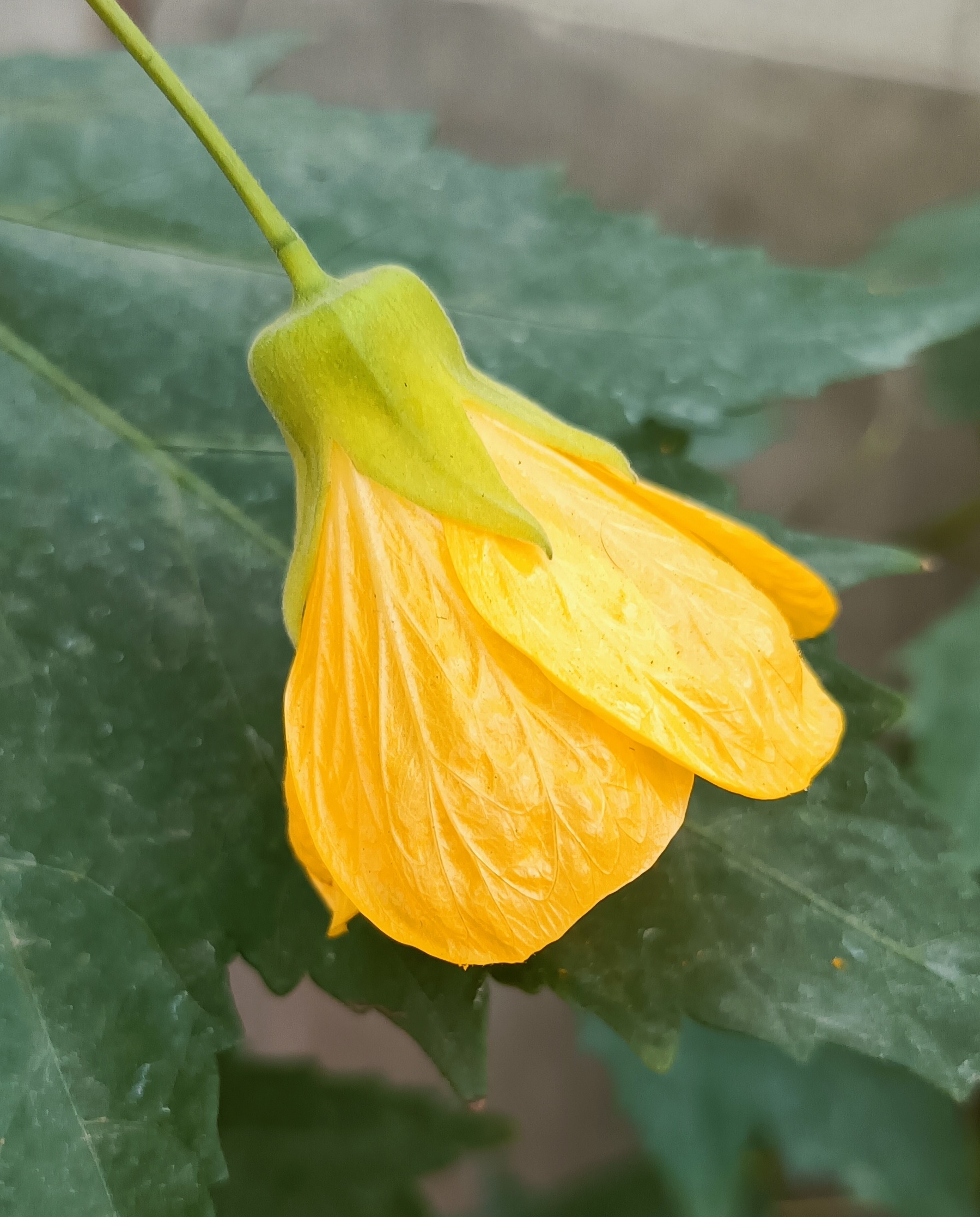
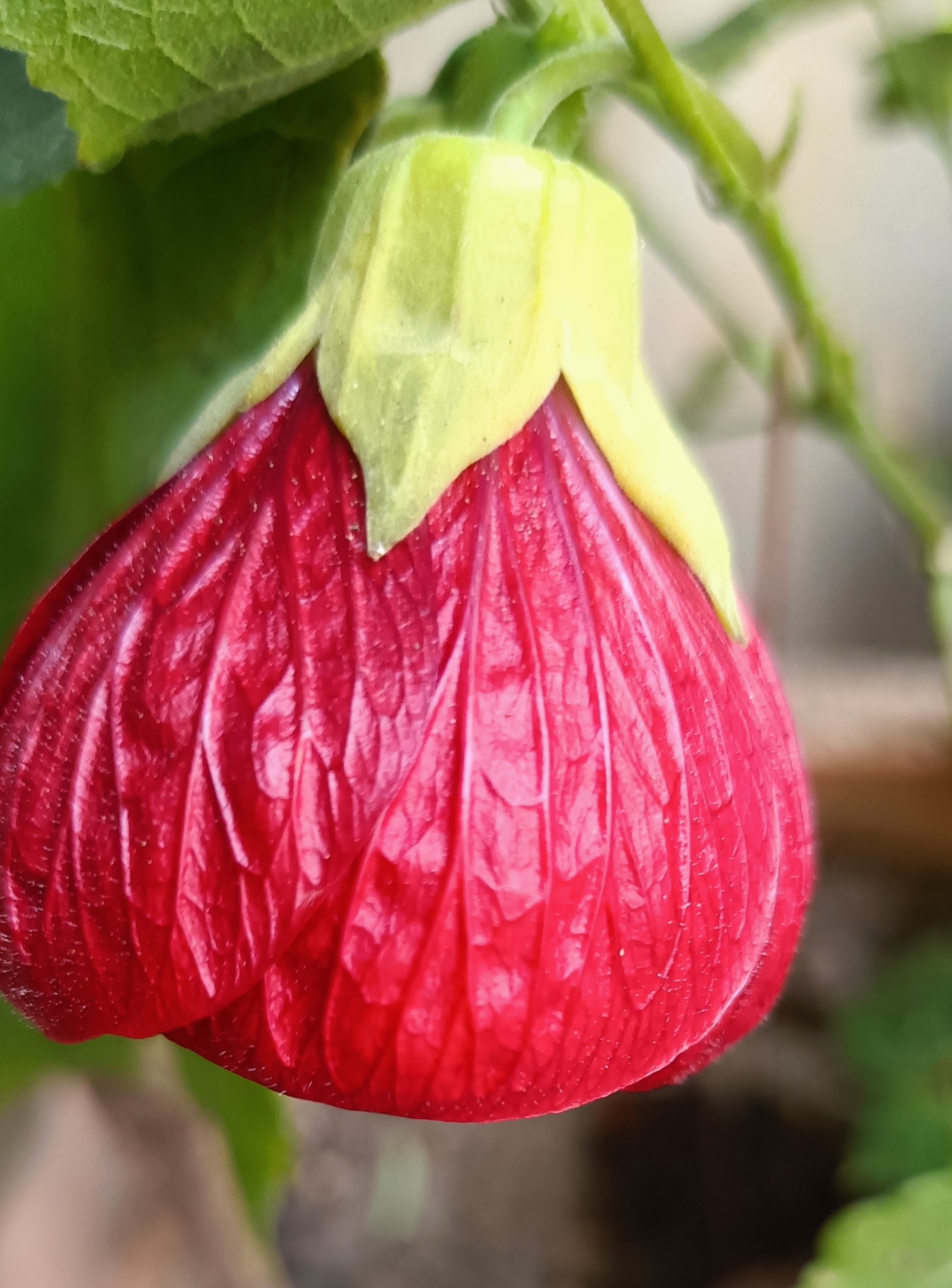
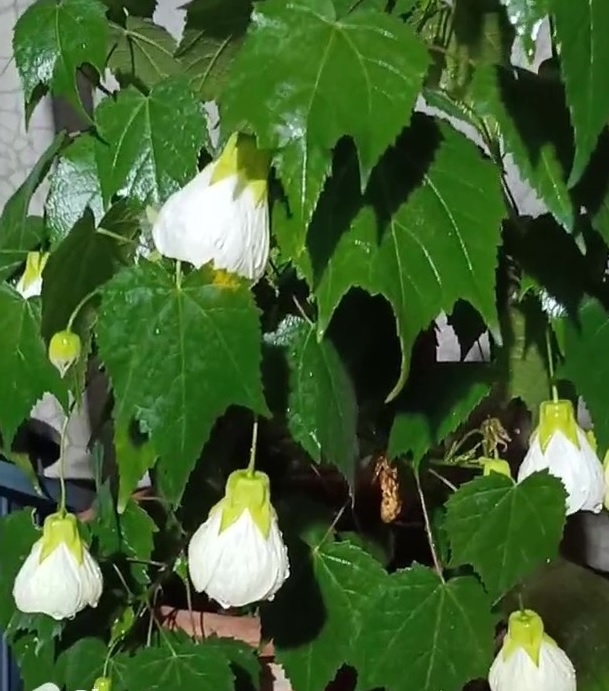
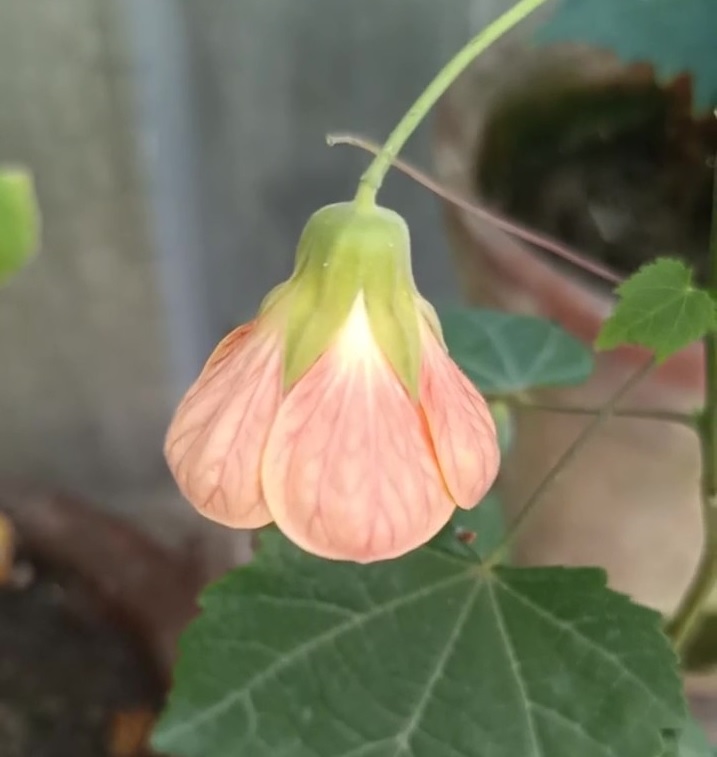
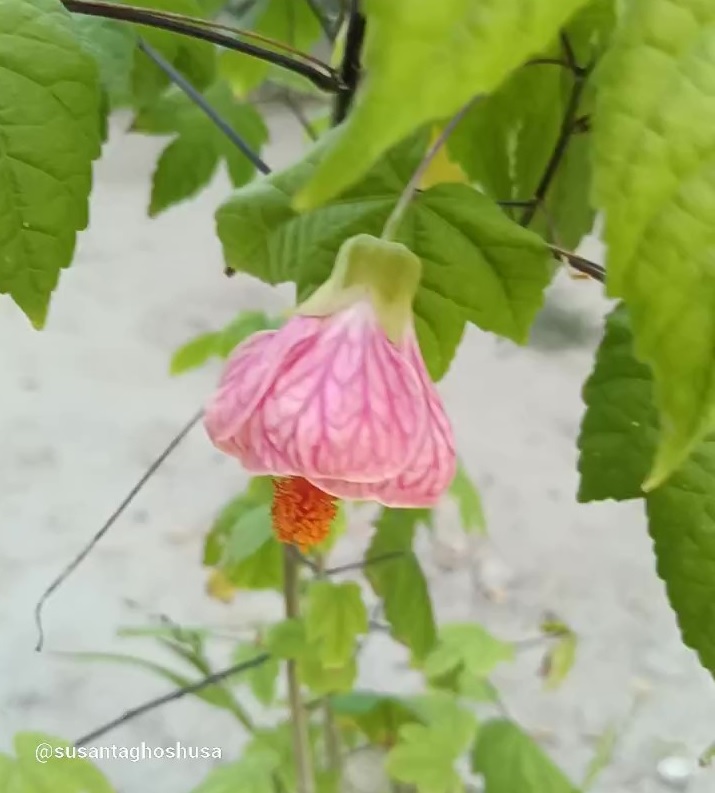
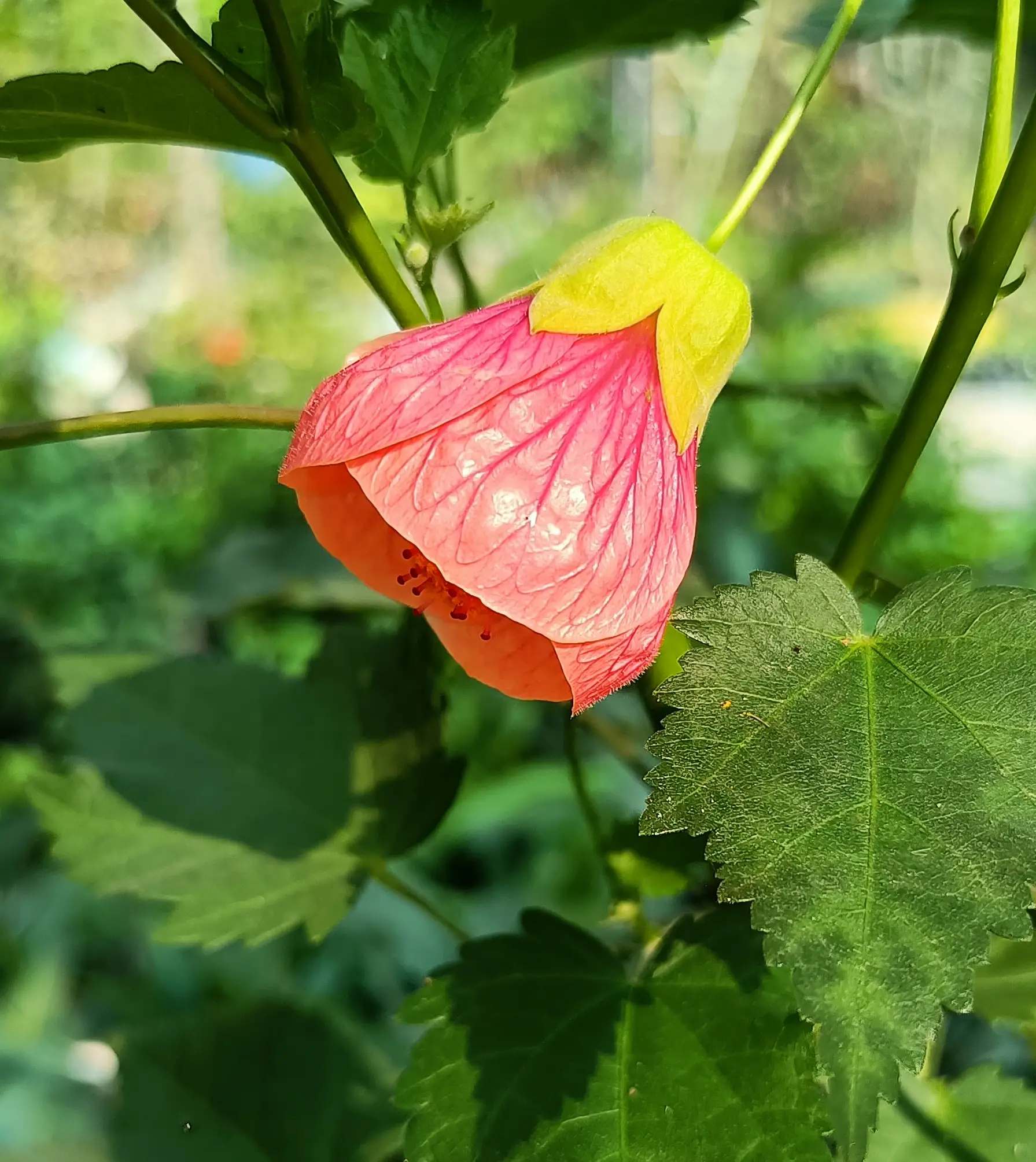
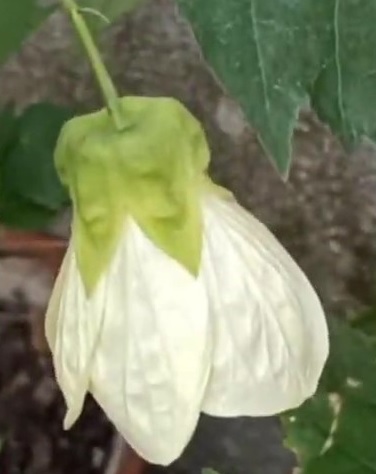
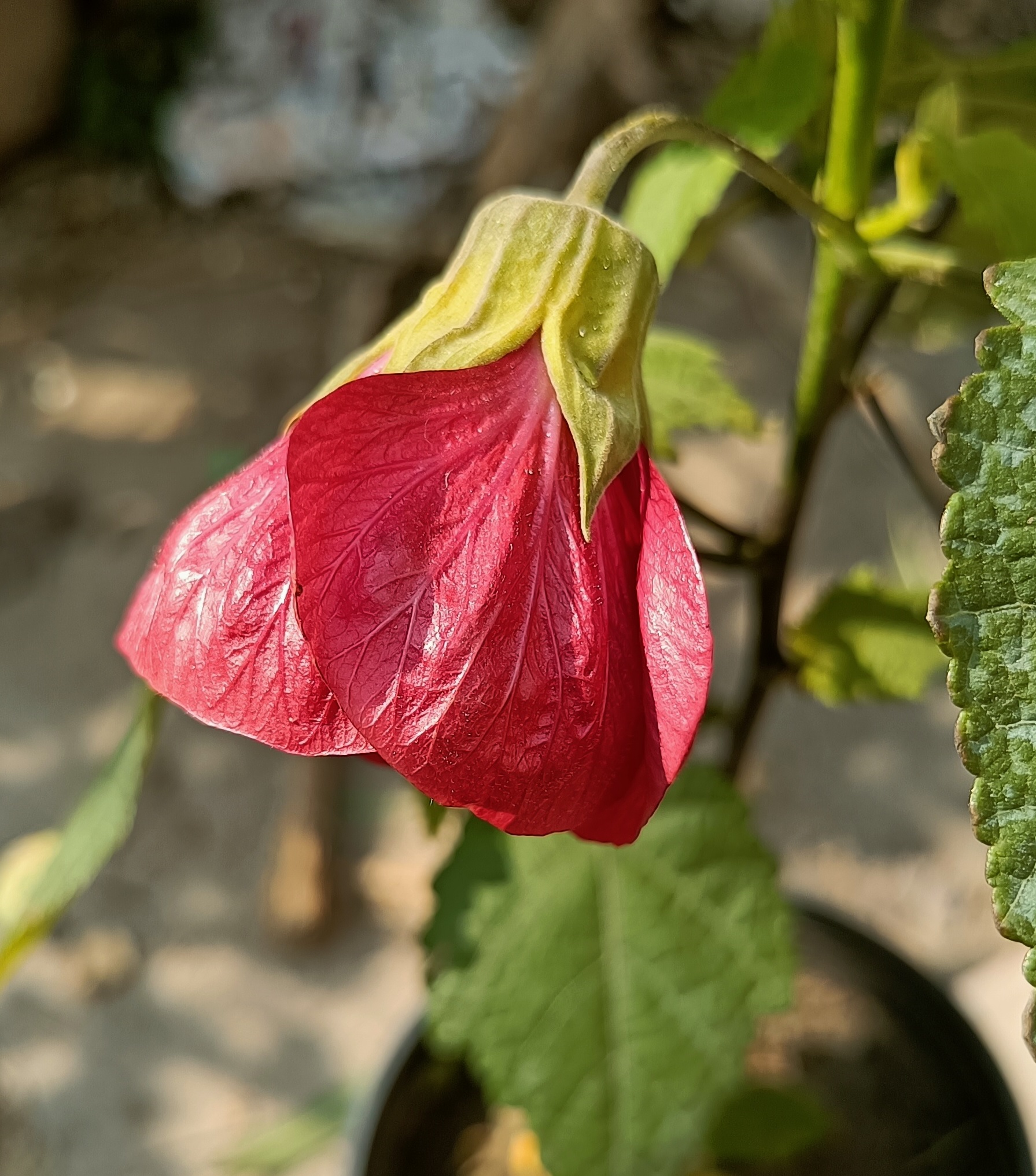
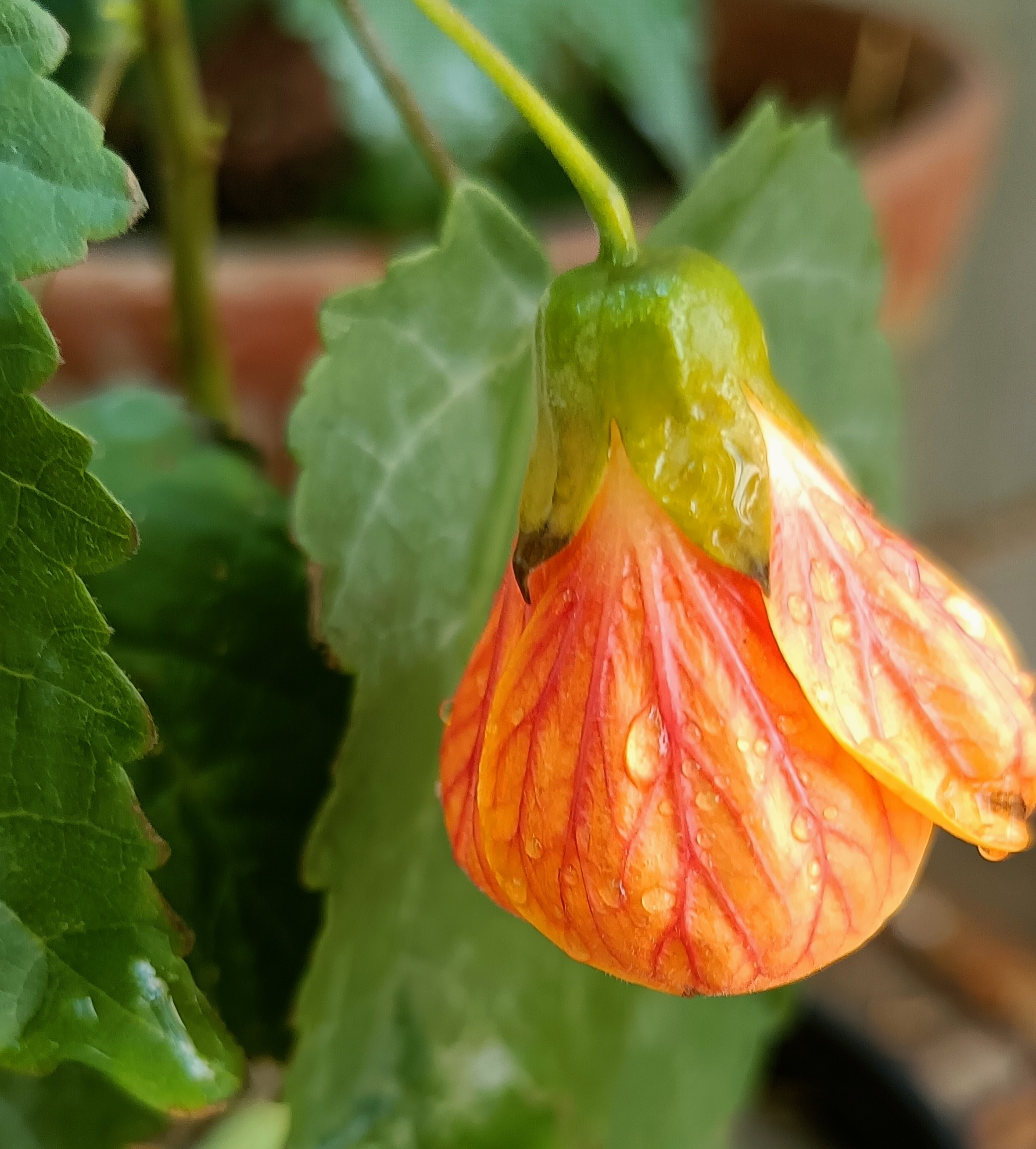
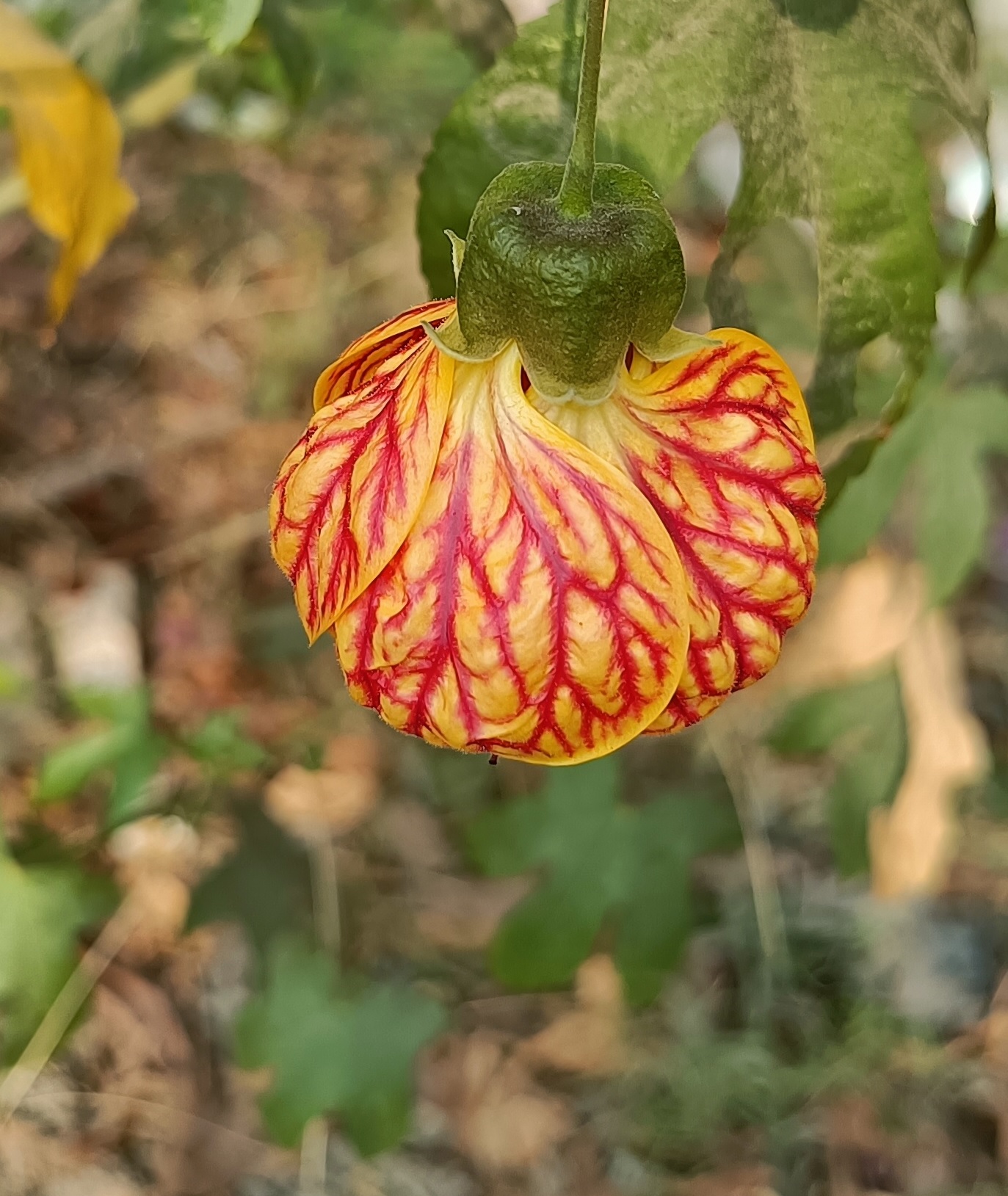

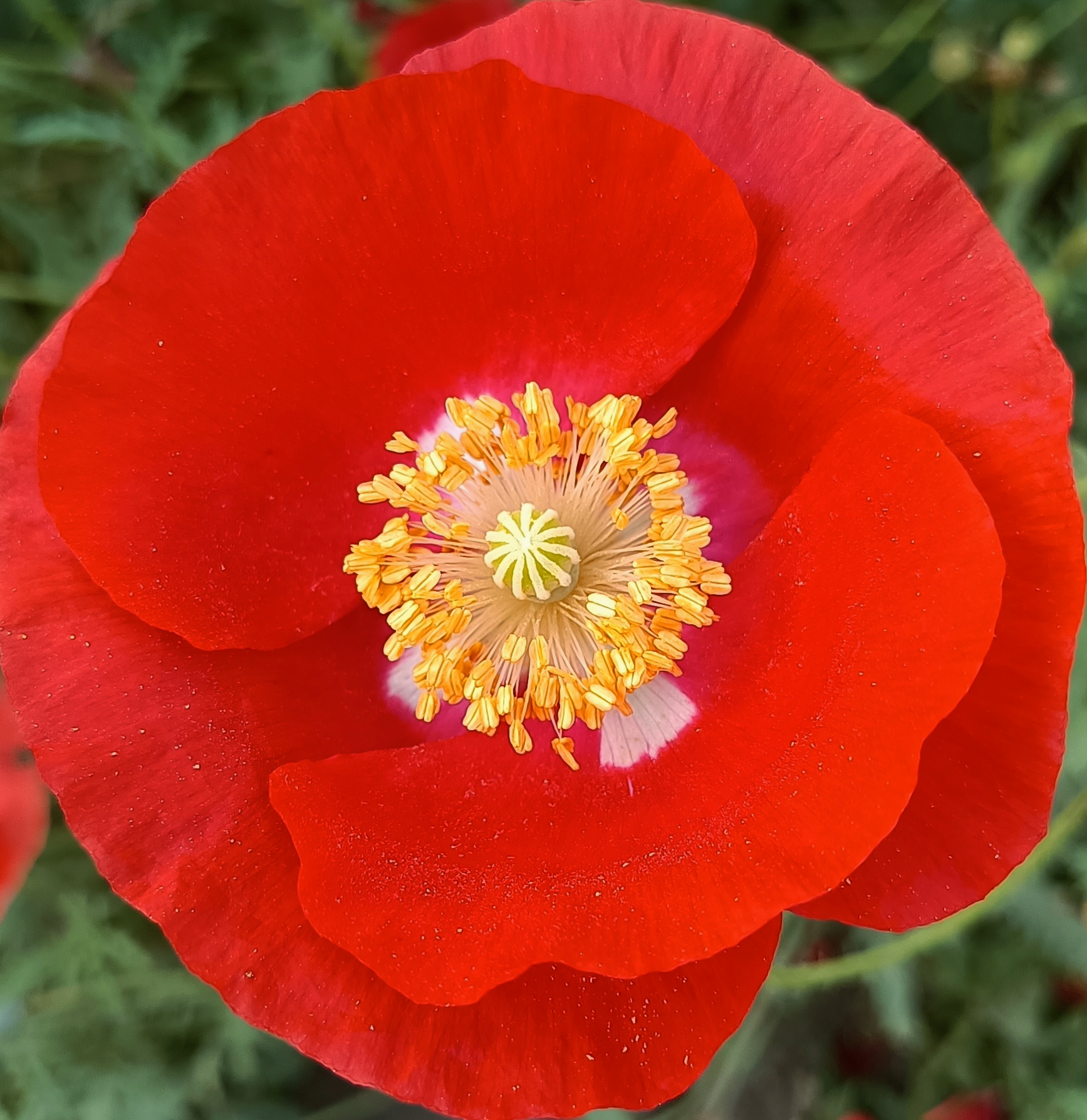






Benifits Of Lantern Hibiscus Plant and Flowers:
- The fine paste of Lantern Hibiscus plant leaf reduce swelling.
- It is used to treat male pattern baldness and premature hair loss and greying.



